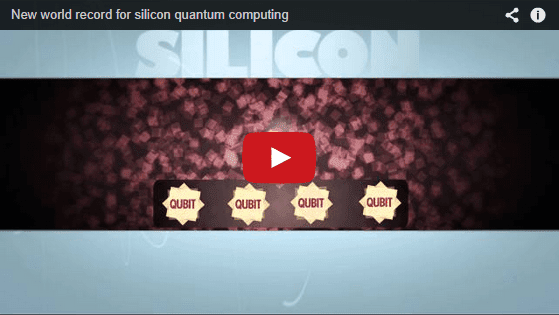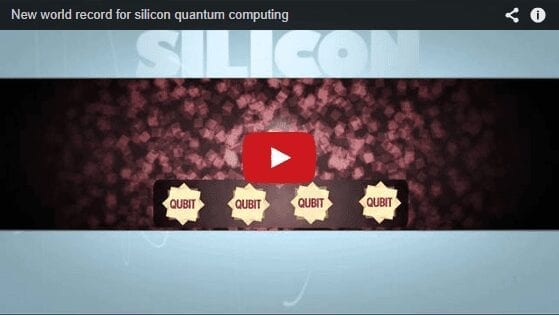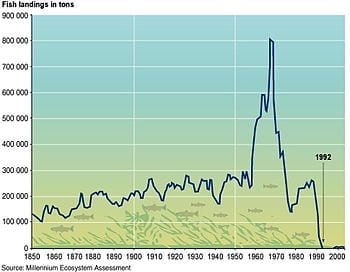
Two research teams working in the same laboratories at UNSW Australia have found distinct solutions to a critical challenge that has held back the realisation of super powerful quantum computers.
The teams created two types of quantum bits, or “qubits” – the building blocks for quantum computers – that each process quantum data with an accuracy above 99%. The two findings have been published simultaneously today in the journal Nature Nanotechnology.
“For quantum computing to become a reality we need to operate the bits with very low error rates,” says Scientia Professor Andrew Dzurak, who is Director of the Australian National Fabrication Facility at UNSW, where the devices were made.
“We’ve now come up with two parallel pathways for building a quantum computer in silicon, each of which shows this super accuracy,” adds Associate Professor Andrea Morello from UNSW’s School of Electrical Engineering and Telecommunications.
The UNSW teams, which are also affiliated with the ARC Centre of Excellence for Quantum Computation & Communication Technology, were first in the world to demonstrate single-atom spin qubits in silicon, reported in Nature in 2012 and 2013.
Now the team led by Dzurak has discovered a way to create an “artificial atom” qubit with a device remarkably similar to the silicon transistors used in consumer electronics, known as MOSFETs. Post-doctoral researcher Menno Veldhorst, lead author on the paper reporting the artificial atom qubit, says, “It is really amazing that we can make such an accurate qubit using pretty much the same devices as we have in our laptops and phones”.
Meanwhile, Morello’s team has been pushing the “natural” phosphorus atom qubit to the extremes of performance. Dr Juha Muhonen, a post-doctoral researcher and lead author on the natural atom qubit paper, notes: “The phosphorus atom contains in fact two qubits: the electron, and the nucleus. With the nucleus in particular, we have achieved accuracy close to 99.99%. That means only one error for every 10,000 quantum operations.”
Dzurak explains that, “even though methods to correct errors do exist, their effectiveness is only guaranteed if the errors occur less than 1% of the time. Our experiments are among the first in solid-state, and the first-ever in silicon, to fulfill this requirement.”
The Latest on: Quantum computing
[google_news title=”” keyword=”Quantum computing” num_posts=”10″ blurb_length=”0″ show_thumb=”left”]
via Google News
The Latest on: Quantum computing
- Quantum Computing Revolutionizes Energy, Agriculture, and Material Scienceon May 8, 2024 at 9:01 am
Quantum computing provides more novel and reliable ways to accelerate progress in mitigating climate change and does so faster than other known technologies. For instance, it can execute optimization tasks within milliseconds or nanoseconds,
- A New Funding Innovation Can Help Scale Quantum Computing Startupson May 8, 2024 at 3:15 am
Sam Mugel, Ph.D., is the CTO of Multiverse Computing, a global leader in developing value-driven quantum solutions for businesses. No matter how brilliant the application, commercializing quantum technologies and reaching scale in a nascent market requires enormous resources.
via Bing News











